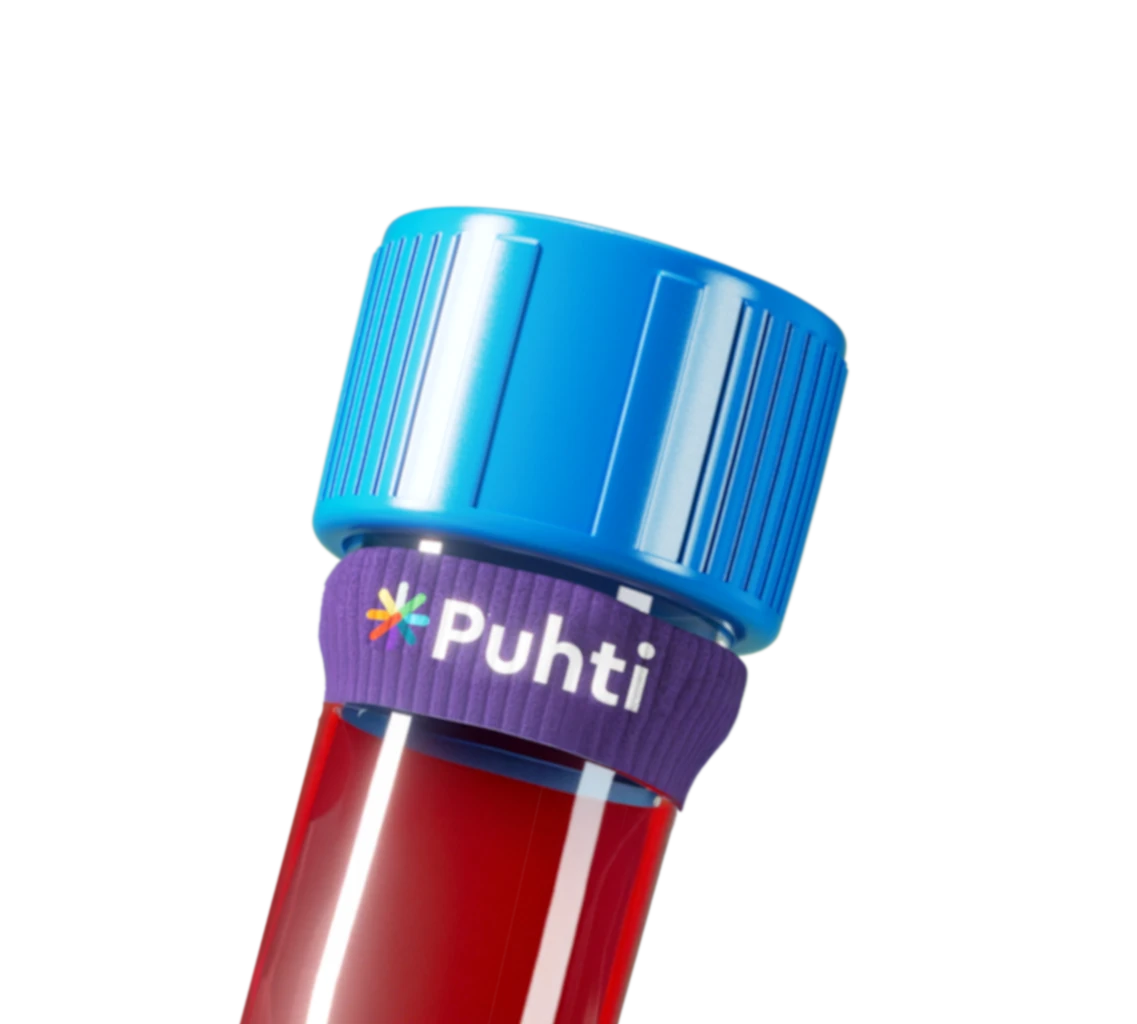
B-Eryt, erythrocytes or red blood cell count
The number of red blood cells (B-Eryt) is examined in connection with a blood count. In cases of anemia, the number of red blood cells is low.

B-Eryt, erythrocytes or red blood cell count
The number of red blood cells (B-Eryt) is examined in connection with a blood count. In cases of anemia, the number of red blood cells is low.
B-Eryt, erythrocytes or red blood cell count
- Test shows the red blood cell count in the blood.
- In cases of anemia, the number of red blood cells is low.
- High number of red blood cells in the blood can be due to heavy smoking and chronic obstructive pulmonary disease.
- The number of red blood cells (B-Eryt) is examined in connection with a basic blood count and a complete blood count.
Red blood cell count
Test shows the red blood cell count in the blood, which is linked, for example, to physical endurance, muscle condition, and heart function as red blood cells vitally contribute to the supply of oxygen to all tissues.
Red blood cell count affects the body’s ability to carry oxygen to the tissues. Red blood cells carry oxygen that is bound to hemoglobin.
The number of red blood cells (B-Eryt) is examined in connection with a basic blood count and a complete blood count.
Reference values for erythrocytes
Reference values for adults for the number of red blood cells are:
Men 4,3–5,7 × E12/l
Women 3,9–5,2 × E12/l
Number indicates how many red blood cells there are in a litre of blood. For example, if the value is 5.0 × E12/l, the red blood cell count is 5.0 × 1012, or 5,000,000,000,000 (5 trillion) per litre of blood and 5 billion per millilitre of blood.
What is the cause of a high red blood cell count?
Examples of reasons for a high number of red blood cells in the blood:
- heavy smoking
- congenital heart disease
- dehydration
- chronic obstructive pulmonary disease
- polycythaemia vera (a disease of the bone marrow that causes overproduction of red blood cells)
- use of anabolic steroids
- high altitude
Erythrocytosis
Condition of excessive concentration of red blood cells in the blood is called erythrocytosis.
Secondary erythrocytosis
Erythrocytosis due to disease or external causes is called secondary erythrocytosis. Erythrocytosis may be a reasonable reaction of the body to a changed situation as it improves the oxygen carrying capacity of the blood.
However, if the number of red blood cells becomes too high, the blood becomes too thick and some of it may need to be removed.
What is the cause of a low red blood cell count?
A low number of red blood cells is a sign of anemia. Anemia, also known as a deficiency of red blood cells, usually leads to fatigue, decreased physical performance, feelings of dizziness, and shortness of breath. The exact cause of anemia should always be determined through further examinations.
The most common cause of anemia is iron deficiency, typically resulting from prolonged blood loss due to heavy menstruation or gastrointestinal bleeding.
Other possible causes of anemia is kidney disease, deficiency of vitamin B12 or folic acid, or accelerated breakdown of red blood cells.




